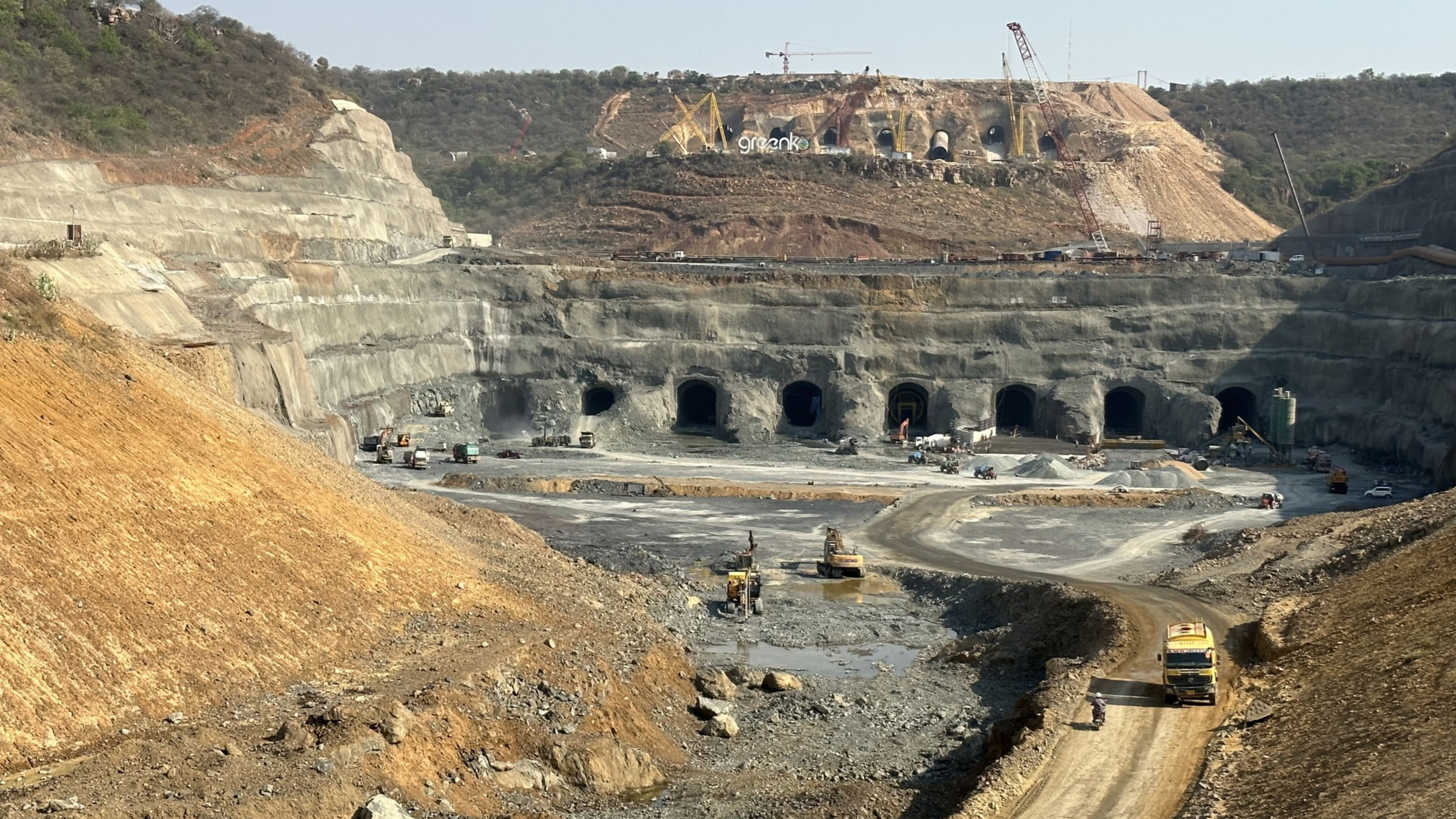
By Boyan Rashev
At the beginning of June, China announced that, starting August 1, it will introduce additional administrative procedures that practically limit the export of gallium and germanium. This move is a direct response to yet another batch of sanctions against Chinese high-tech companies by the US and the EU's ban on the Dutch ASML selling certain products in China.
Gallium and germanium are indeed critically important to some industries, but their markets are very narrow, and metallurgy worldwide can be adjusted relatively quickly to cover the required quantities, as they are by-products of the mining of zinc, aluminum and other ores. To me, this is more of a warning shot, but with it the world has entered a new phase in the trade rivalry between China and the West - the battle for control of the metals that are behind the energy transition and high technology.
In July, the scientific journal Nature published an editorial warning of the looming war for critical raw materials. Scientists note that the dream energy transition has potentially terrifying side effects, from the heavy concentration and control exerted by China to the environmental and social catastrophes caused by the wild and indiscriminate mining and refining of various metals.
In the 21st century, China's consumption of basic raw materials grew so fast that today it reaches mind-blowing values - about and more than half of the world's use of coal, cement, base metals and plastics occurs in a limited territory with 19% of the population and 15% of the global economy. The data means that China is the world center of: a) construction and infrastructure construction and b) industrial production.
Similar was the situation in England in the 19th century, and later in the USA, the USSR and Japan during their industrial revolutions. However, no other country has dominated global consumption of raw materials on such a scale before.
After the Paris climate agreement (2015), the world accelerated policies and investments in the so-called energy transition – the urgent transition from fossil fuels to RES and total electrification as the basis of the economy. At the same time, everything is digitizing faster and faster. These two processes mean a huge growth in the consumption of some raw materials - mostly specific metals and in the production of certain technological products. China made the most of it.
Starting with the production of gallium, which accounts for 95% of the world's supply, and going through magnesium, polysilicon, graphite, cobalt, bismuth, germanium, tungsten, rare earth elements, manganese - China practically provides the world with the raw materials that stand behind the energy transition and high technologies. A significant portion is mined domestically, but much more is supplied as ore concentrates from mining companies around the world and processed and refined in China. Moreover, China has long since not only exported them as raw materials, but produced the corresponding end products – starting with photovoltaic panels, batteries, wind turbines, heat pumps, telecommunications equipment, electric motors, and now electric cars.
The scale of Chinese dominance in some sectors is shocking. For example, China alone accounts for $546 billion or 50% of the total $1.1 trillion global investment in the energy transition in 2022. For comparison, the USA ranks second with only $141 billion. China provides over 90% of global investment in battery and photovoltaic panel production – as early as 2023, there will be more panels and batteries installed there than throughout the rest of the world. At the moment, more than half of all electric cars in the world are already moving in China. And this is only the tip of the iceberg.
The US and the EU are already completely dependent (over 90%) on imports not only of many critical raw materials, but also of finished products such as panels and batteries – mostly directly from China, but also from several other countries such as Indonesia (nickel), Democratic Republic of Congo (cobalt), Kazakhstan (uranium), Chile (copper and lithium), South Africa (platinum metals), Mexico (silver) and Russia. In particular, the dependence on China is many times stronger than the dependence of the West on the oil of the OPEC countries.
The main reasons for reaching this situation are several. Leading is the long-standing process of outsourcing all kinds of heavy, energy-intensive and polluting industries to China. For a long time, the West was happy to transfer all this there and buy the finished raw materials with which it originally produced finished products at home. Step by step, however, Chinese companies began to copy, assemble and sell themselves. For example, until 15 years ago Germany was the global center for the production of photovoltaic panels, and today there is not a single working plant left there - practically all panels come from China.
The second leading cause is the lurch towards utopian energy and environmental policies in the West. They practically made basic energy more expensive and raised barriers to heavy industry so high that they made its development impossible. Mines began to disappear first in Europe and the USA, followed by metallurgical and chemical enterprises, refineries and fertilizer plants. China perfectly takes advantage of them. Today we are already witnessing China's emerging dominance even in the production and export of cars - mainly thanks to Western policies to impose total electromobility.
According to a new study by the Harvard Kennedy School, China, India, Indonesia, Uganda and Vietnam will be the fastest growing economies in the coming decade. These are all countries that fall into the so-called Asia-Pacific region (excluding Uganda), which is conditionally enclosed in the Japan-Pakistan-New Zealand triangle. It has 4.5 billion inhabitants, the factory of the world, with a rapidly growing middle class, huge distances and a gigantic annual growth in energy consumption - oil, gas, coal, nuclear plants, RES, electric cars - everything is invested and built there!
Comparing the results of the above survey with the list of countries most dependent on coal use is quite revealing - South Africa, China, India, Indonesia, Vietnam... Further down are other countries from the same region - the Philippines, Japan, Australia, etc.
The Biden administration is responding to all of this by trying to enact protectionist policies, the so-called Deflation Act, which aim to revive the entire supply chain, from metals mining to the production of finished products on US soil and “friendly " countries. The European Commission is trying to do something similar with the Net Zero Industry Act and the Critical Raw Materials Act. However, the reality is not very encouraging - simply no one in the rich West wants mining and heavy industry in their backyard, and those seeking a career in these businesses are counted on the fingers.
At this point, US actions are much more effective and attract more investment – unfortunately largely coming from European companies. The reasons are many, but the main ones remain the availability of abundant, reliable and cheap energy from shale oil and gas production and the much more limited bureaucracy in America.
The desired results are not in sight: China is increasingly asserting its power over supply chains. In the first half of 2023 alone, Chinese companies have invested more than $10 billion in mining projects around the world, and the governments of dozens of countries key to the extraction of critical raw materials have sunk into debt to China. The opposition between the East and the West is becoming more and more acute, as the extractive and heavy industry, the foundation of the global economy, remains entirely under the control of China and the rest of the BRICS and OPEC countries. This is a recipe for conflict that can completely change our lives.
THE BOTTOM LINE In the 21st century, China's consumption of basic raw materials grew so rapidly that today it reaches mind-boggling values.



